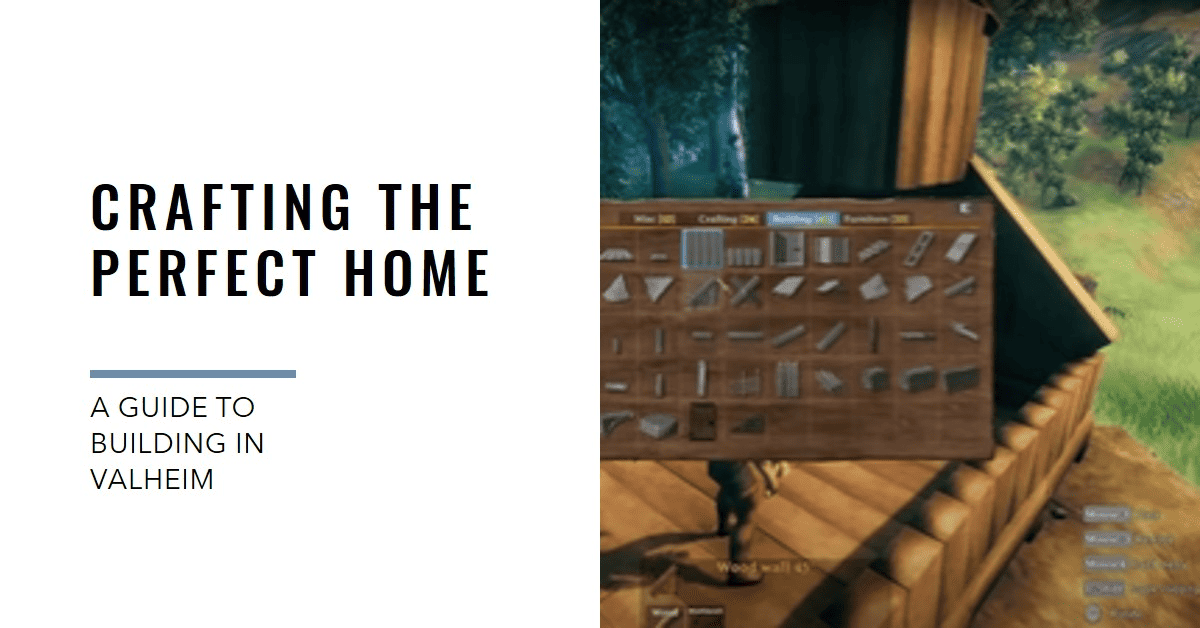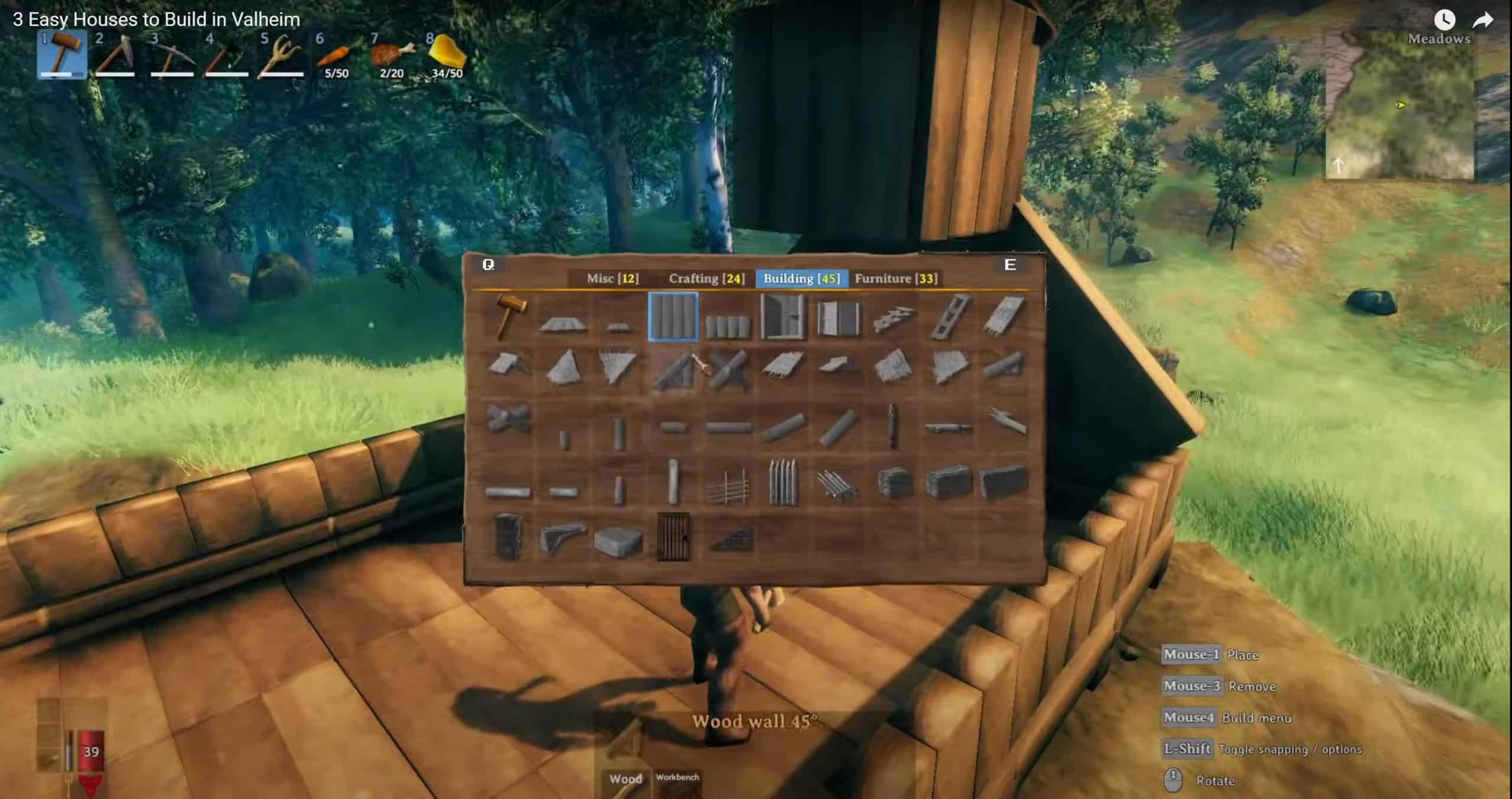Crafting the Perfect Home: A Guide to Building in Valheim

In the procedurally generated world of Valheim, with its picturesque landscapes and sprawling wilderness, there exists an element of the game that marries survival and creativity seamlessly - building. The base building mechanics in Valheim are incredibly intricate, allowing players to construct everything from rudimentary shelters to grandiose Viking strongholds. This article aims to provide a comprehensive guide to the building mechanics of Valheim, complete with tips on crafting efficient and aesthetically pleasing structures.
Understanding the Basics
The process of building in Valheim begins with the simple hammer tool. Armed with your trusty hammer and a few pieces of wood, you can set the foundation for your home and gradually expand it into an impressive fortress. The game offers a variety of materials, from wood and stone to more advanced options such as iron, allowing you to design and build with increasing complexity and aesthetics as you progress in the game.
The key to mastering the basics lies in understanding how the building mechanics work. Every structure needs a solid foundation. It's important to ensure that the terrain where you're placing your foundation is as flat as possible. Terrain manipulation using a hoe can be a life-saver when you're trying to build on uneven ground.
Once the foundation is set, you can proceed to raise walls and roofs, which are essential for providing shelter against the elements and preventing the degradation of your structures over time. The game has a stability system that you need to bear in mind. Each piece that you add puts weight on the ones below it, and if you try to build too high without adequate support, your construction will collapse.
Structural Integrity and Support
Structural integrity plays a crucial role in building in Valheim. Understanding this concept is vital for any aspiring Viking architect. Structures need to be supported either directly by the ground or by other pieces.
Color coding is the game's intuitive way of showing you this. Blue represents the foundation directly touching the ground; green, yellow, orange, and red indicate pieces further from the ground. Red means a structure is close to its limit and needs additional support soon. Building too far out or too high without enough support will result in your construction crumbling down.
One efficient way to ensure stability is to use a core wood log pole as the backbone for your structure, as they provide excellent support and can bear the weight of numerous structures above them. Utilizing stone bases can also greatly improve the structural integrity of your building.

Efficiency and Functionality
An efficient base is more than just a shelter, it's a hub of your operations. Storage is crucial. Build enough chests to store your resources, and try to categorize them for easy access. Furnishing your home with beds, cooking stations, and crafting stations like the workbench, forge, fermenter, and cauldron is essential. Remember, these stations often need to be under a roof to function and can be upgraded for more crafting options.
Placement of these stations should be strategic. For instance, placing your bed in a separate, quieter part of your base can help ensure undisturbed rest. A good tip is to have your crafting and smelting stations close to your storage area for easy access to materials and quick storage of crafted items.
Aesthetics and Personalization
Building in Valheim is not just about survival; it's also about creativity and personal expression. Once you've got the basic structure and efficiency down, you can focus on aesthetics. Use different types of woods, incorporate stone, and even trophies from your defeated enemies to add unique touches to your home.
Decorate your space with items like banners, rugs, and furniture. The game also offers several types of lighting options, from simple torches to elegant braziers and hearth, which not only illuminate your home but also add to its aesthetic appeal.
Building vertically can give your structure a grandeur look, while also providing a great vantage point for scouting the surroundings. Don’t be afraid to experiment with different architectural styles – perhaps a Viking longhouse with a grand hall, or a fortress with strong stone walls and defensive towers, or even a tranquil cabin by the sea.
Defense
No matter how aesthetically pleasing your base is, it won't serve its purpose if it can't protect you from the aggressive fauna of Valheim. Defending your base is crucial. A simple palisade wall can keep out most creatures. Add a moat around your base to further deter enemies. For more security, you can construct watchtowers and spiked walls.
A smart tip is to keep your valuable items in a separate, secure, and hidden room, in case your main defenses are breached. It's also a good idea to have multiple exits or a hidden escape route in your base design for emergency situations.
Final Thoughts
Building a home in Valheim is an exciting and rewarding process that combines survival, strategy, and creativity. As you brave the harsh wilderness and gather more resources, the scope of what you can build will expand tremendously. Whether you're a practical builder focused on functionality or an aspiring architect aiming for grandeur and aesthetics, the vast and beautiful world of Valheim is your canvas.
Mastering the art of building requires patience and experimentation. Don't be afraid of making mistakes; some of the most valuable lessons come from structural collapses and design mishaps. So grab your hammer, brave Viking, and begin crafting your perfect home in the mystical lands of Valheim.



